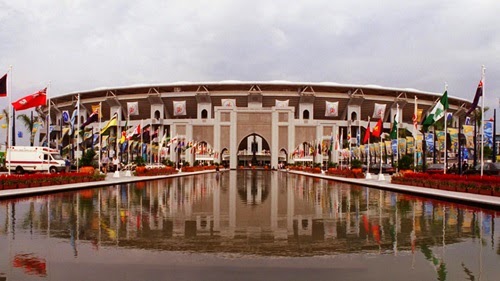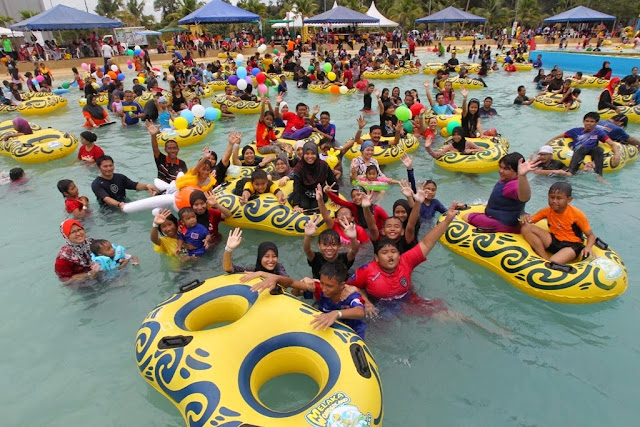Government Contribution
The government wishes to raise money to build a
new stadium, secure a professional franchise, or host a sport event, they often
point to the projected economic benefits arising out of these projects just for
short term purposed. In will give some impact for the future phase of toursim. In
fact, people nowadays are busy and crowded with their jobs due to the demand
quality of life getting high. They are lack of time to join with sport tourism
and some potential visitors avoid a host city and region in the years leading
up to, and during, the event, dissuaded by fear of congestion,
construction-related hassles, and terrorism. Nonetheless, the lure of the
potential economic impacts associated with sport tourism will continue to grow
as countries around the world rely more heavily on tourism to boost their gross
national product.
Science and Technology
The
influences that will shape the future of sport tourism are the improvement of
science and technology. The spacious of science and technology is to bring
convenience to the society, indirectly it also give advantage to the sport
activity. The fandom may utilize the science and technology to watch any match
in the place where they feel comfortable. This is because the sport activities
nowadays have the live show in television and other electronic device. They
might not need to buy an expensive ticket to fly to the place where the sport
activity is conduct. This not only can prevent any uncertainty when they travel
but also can save their cost. When they miss out the live match, they can still
see it through online. Consequently, there will be the decrease of sport
tourism in future. Therefore, the improvement of science and technology
nowadays can bring a lot of convenience especially for the fandom in the other
hand it will affect the sport tourism in future. For example, they will not need to travel to
foreign country such as Beijing, Germany, Brazil and so on for the sport
tourism or sport activity where they need to spend at least few days or one
week to watch the ceremony and also the match that are set based on the date.
Climate
Climate
appears to have played a role in travel choices for centuries. Climate can
influence tourism through different mechanisms. On one hand it exerts a direct
influence by determining weather conditions at places of origin and
destination. On the other hand it affects tourism indirectly, for instance by
influencing natural snow cover or water supply. The high exposure of tourism to
climate could be compared to agriculture, which also depends more strongly on
climate than other sectors. Also the contribution of gross world product of the
two sectors has similar dimensions.
Among
the indirect influences, the effect of climate change on winter tourism is the
most reported upon in the media. Already today, nearly 10% of ski areas are not
naturally snow-reliable. Under a warming scenario of 2°C, approximately 60% of
today’s ski areas would be snow reliable. Large differences between countries
are also revealed – while under a warming scenario of 2°C, 80% of Swiss
stations would still be snow-reliable, only 13% of German stations would.
Snow
sport tourism is very vulnerable to warming conditions and currently generates
high value added. Climate change is projected to shorten the ski season,
particularly in low lying regions. Snow-making is the most popular adaptation
option, is technically feasible in many cases and can attenuate the shortening
of the season. However, whether it is also economically feasible in all cases
is doubtful. The vulnerability of the low lying areas is aggravated by the fact
that tourism managers seem to overestimate their adaptive capacity. Enhanced
summer tourism, also due to rising temperatures, is seen as an opportunity, but
will probably not be able to compensate the winter losses in low lying regions.
Environmental Impact
Environmental Impact
The quality of the environment, both natural and man-made, is essential to sport tourism. However, tourism's relationship with the environment is complex. It involves many activities that can have adverse environmental effects. Many of these impacts are linked with the construction of general infrastructure such as roads and airports, and of sport tourism facilities, including infrastructure of sport, instrument, golf courses and marinas. The negative impacts of tourism development can gradually destroy the environmental resources on which it depends.
On the other hand, tourism has the potential to create beneficial effects on the environment by contributing to environmental protection and conservation. It is a way to raise awareness of environmental values and it can serve as a tool to finance protection of natural areas and increase their economic importance.





